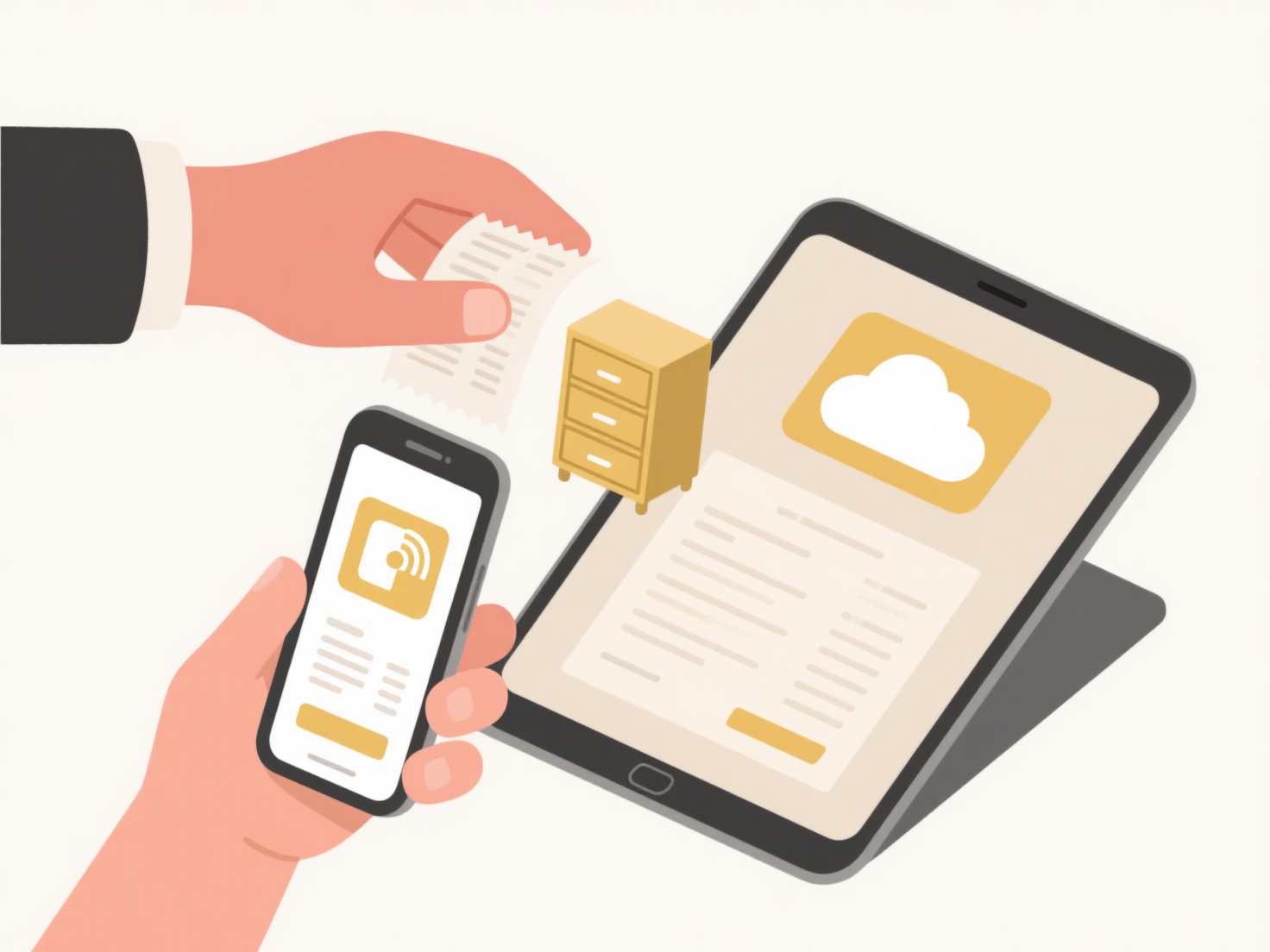
Batch renaming legal documents involves systematically changing the filenames of multiple files at once, rather than individually. This uses automated tools or scripts that follow predefined naming patterns, often incorporating elements like case numbers, client names, dates, or document types. It differs significantly from manual renaming, which is time-consuming and prone to errors, especially when handling large volumes of sensitive legal files.
Common applications include law firms processing deposition transcripts using automated rename tools to apply consistent names like "Smith_v_Jones_Deposition_20241015.pdf." Corporate legal departments might bulk rename contracts by embedding client-matter numbers ("ClientX_Matter12345_NDA_20241015.docx") directly through their Document Management System (DMS) or dedicated file renaming software, significantly improving document retrieval speed and consistency.

Key advantages are efficiency and uniformity, reducing human error in critical record-keeping. However, careful planning is essential: poor naming logic creates confusion, and automation without proper testing risks overwriting files or losing metadata, potentially violating ethical duties to preserve complete records. Always back up files before bulk renaming operations in legal settings to mitigate data loss risks.
How do I rename batches of legal documents?
Batch renaming legal documents involves systematically changing the filenames of multiple files at once, rather than individually. This uses automated tools or scripts that follow predefined naming patterns, often incorporating elements like case numbers, client names, dates, or document types. It differs significantly from manual renaming, which is time-consuming and prone to errors, especially when handling large volumes of sensitive legal files.
Common applications include law firms processing deposition transcripts using automated rename tools to apply consistent names like "Smith_v_Jones_Deposition_20241015.pdf." Corporate legal departments might bulk rename contracts by embedding client-matter numbers ("ClientX_Matter12345_NDA_20241015.docx") directly through their Document Management System (DMS) or dedicated file renaming software, significantly improving document retrieval speed and consistency.

Key advantages are efficiency and uniformity, reducing human error in critical record-keeping. However, careful planning is essential: poor naming logic creates confusion, and automation without proper testing risks overwriting files or losing metadata, potentially violating ethical duties to preserve complete records. Always back up files before bulk renaming operations in legal settings to mitigate data loss risks.
Quick Article Links
Can document collaboration tools log duplication events?
Document collaboration tools can log duplication events, which refer to actions where users create copies of files or fo...
Can I preview file name changes before applying them?
Can I preview file name changes before applying them? Wisfile provides full transparency and control over renaming ac...
What’s the easiest way to convert hundreds of .doc files to .pdf?
The easiest way to convert hundreds of DOC files to PDF is through batch conversion using dedicated software or built-in...